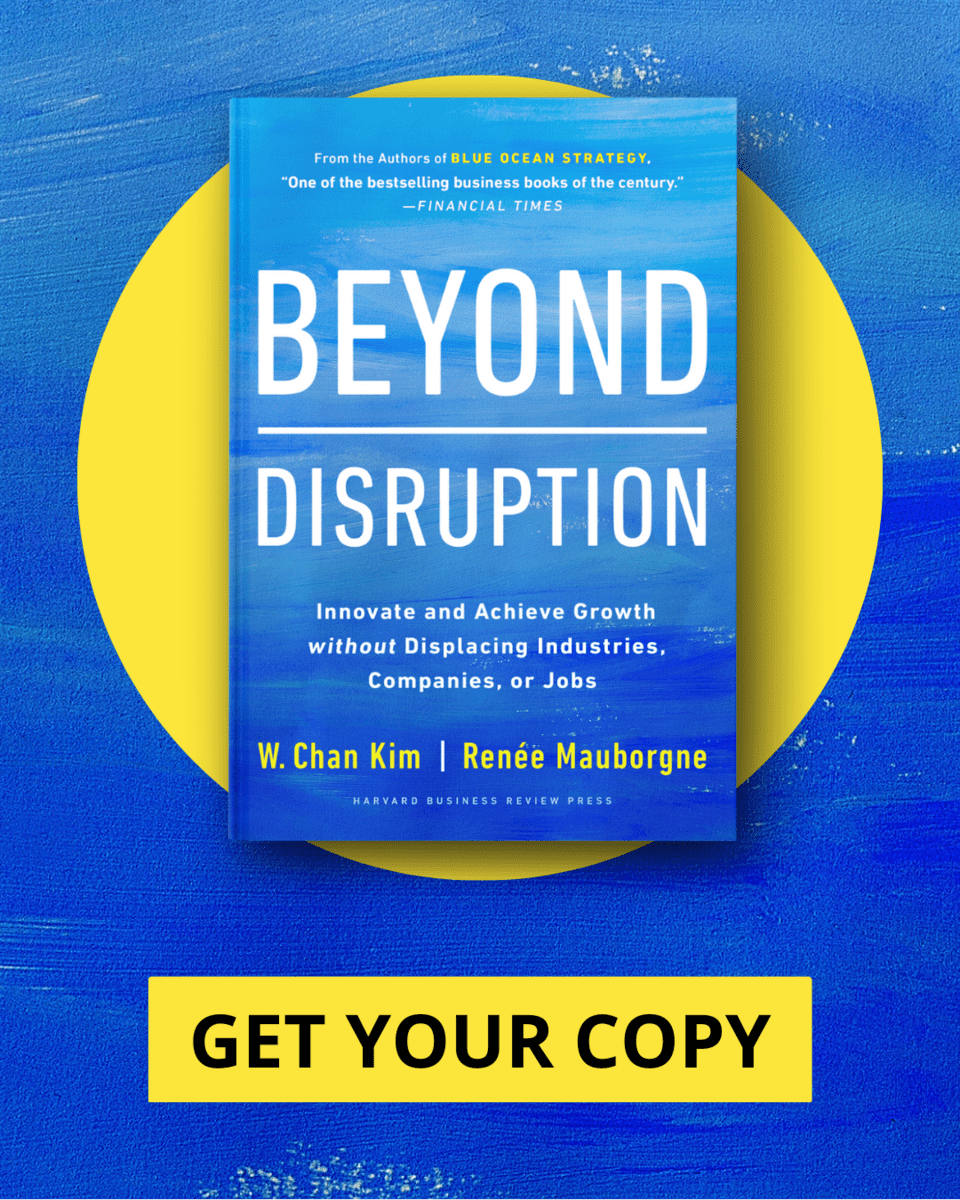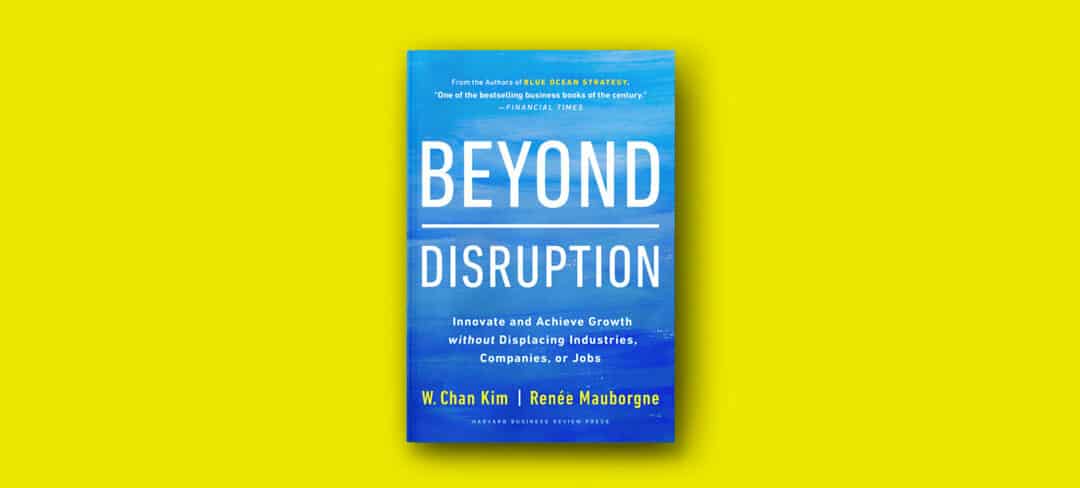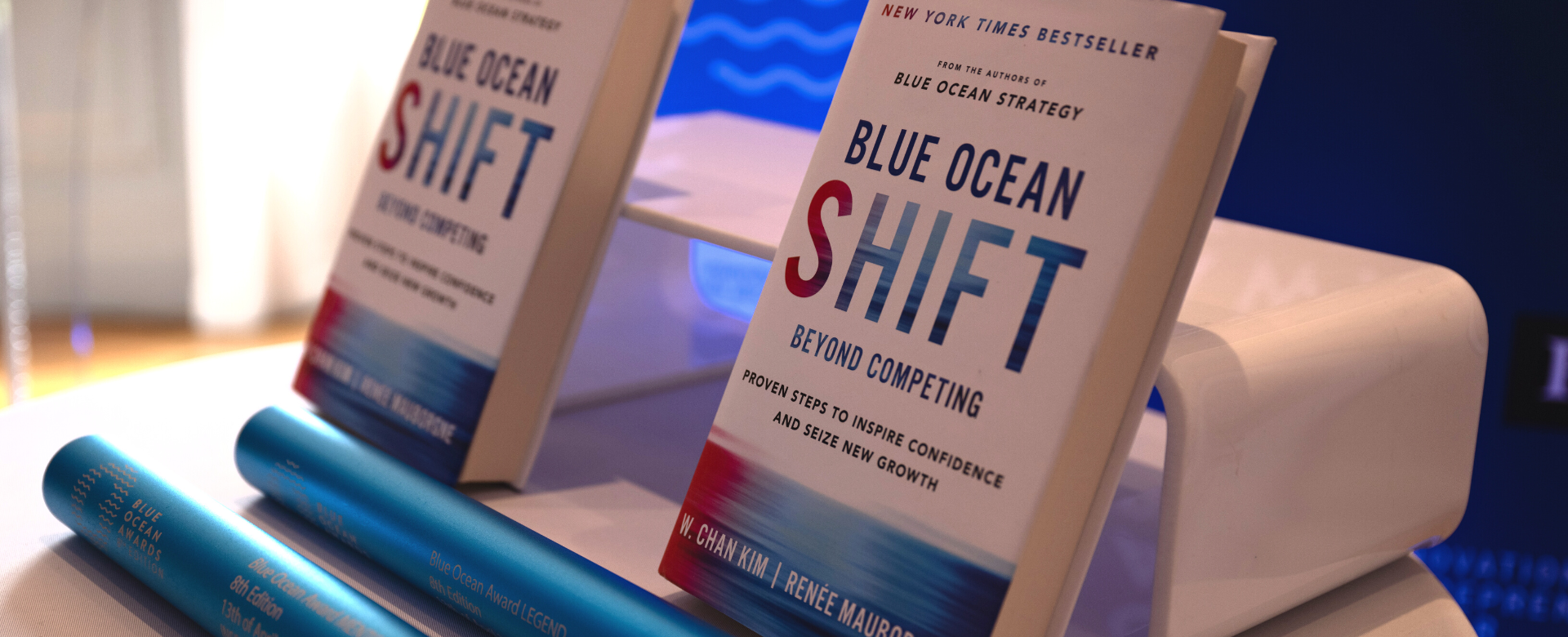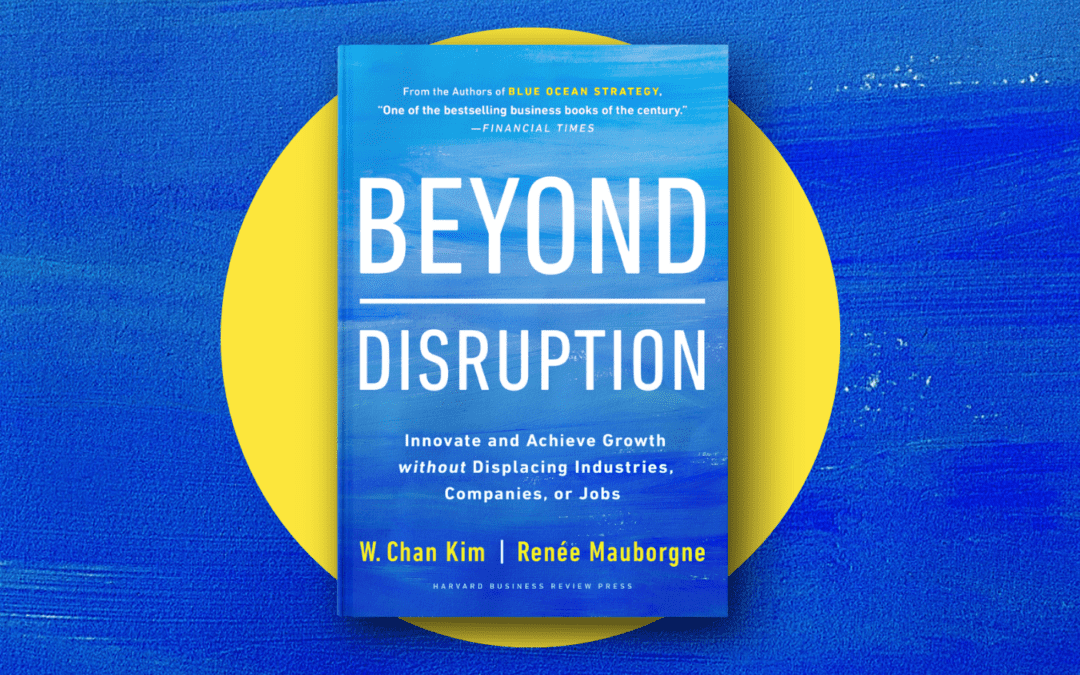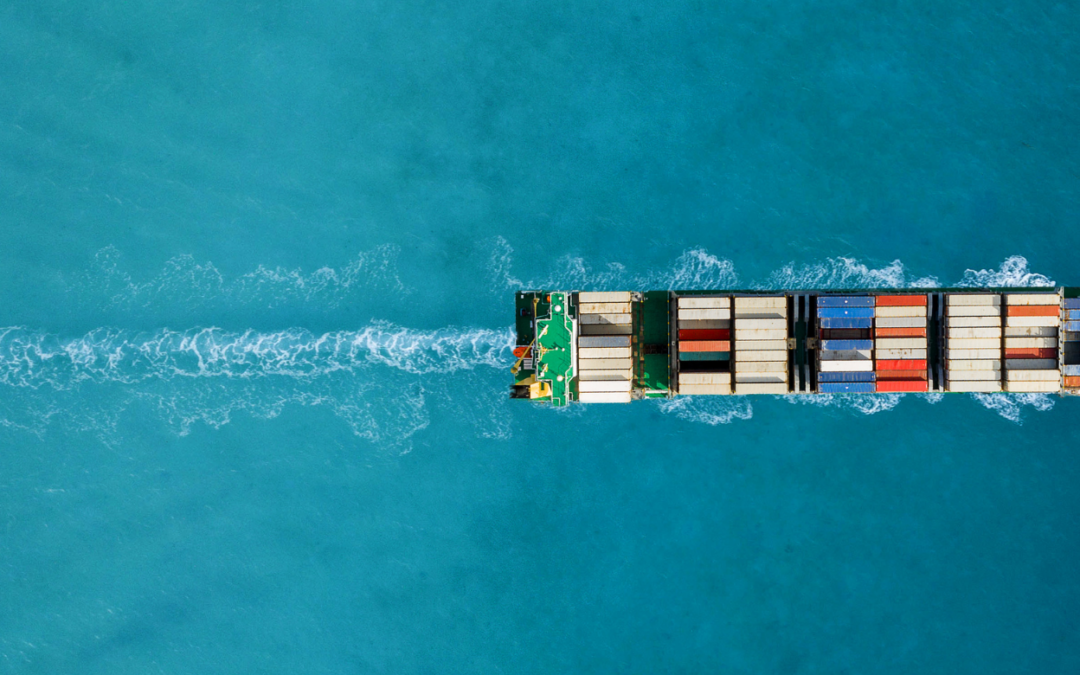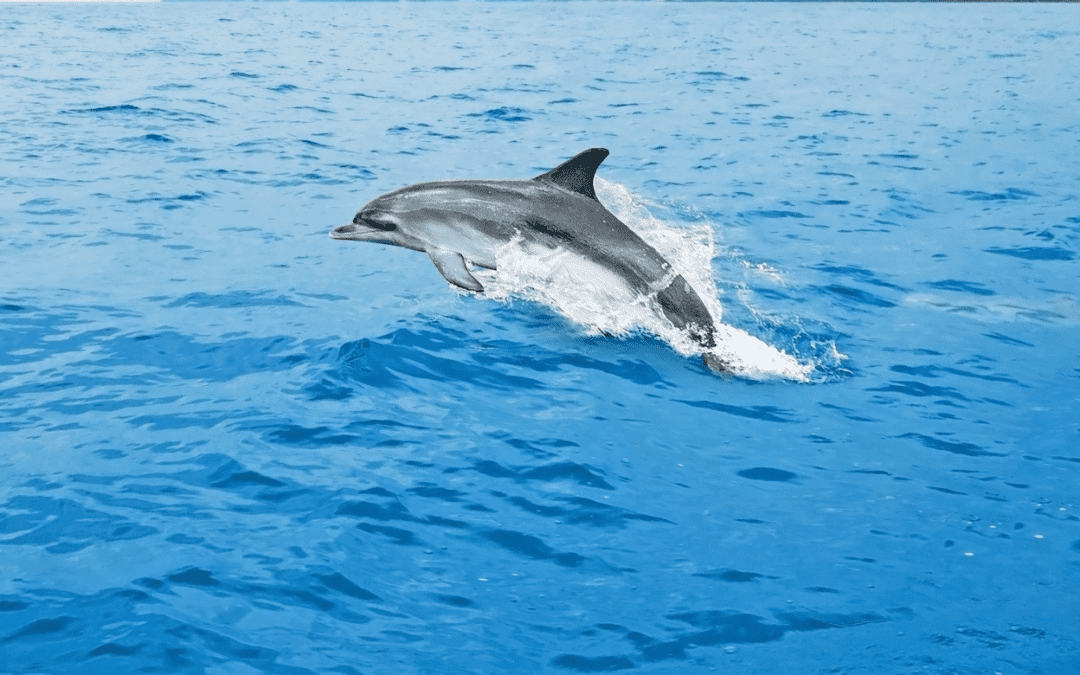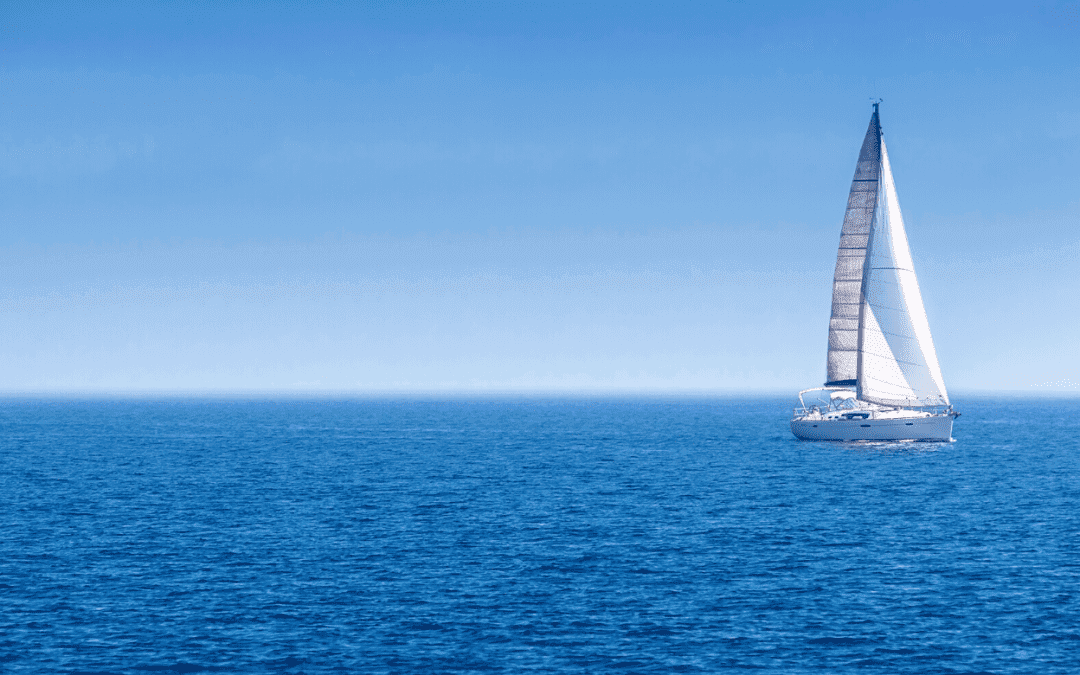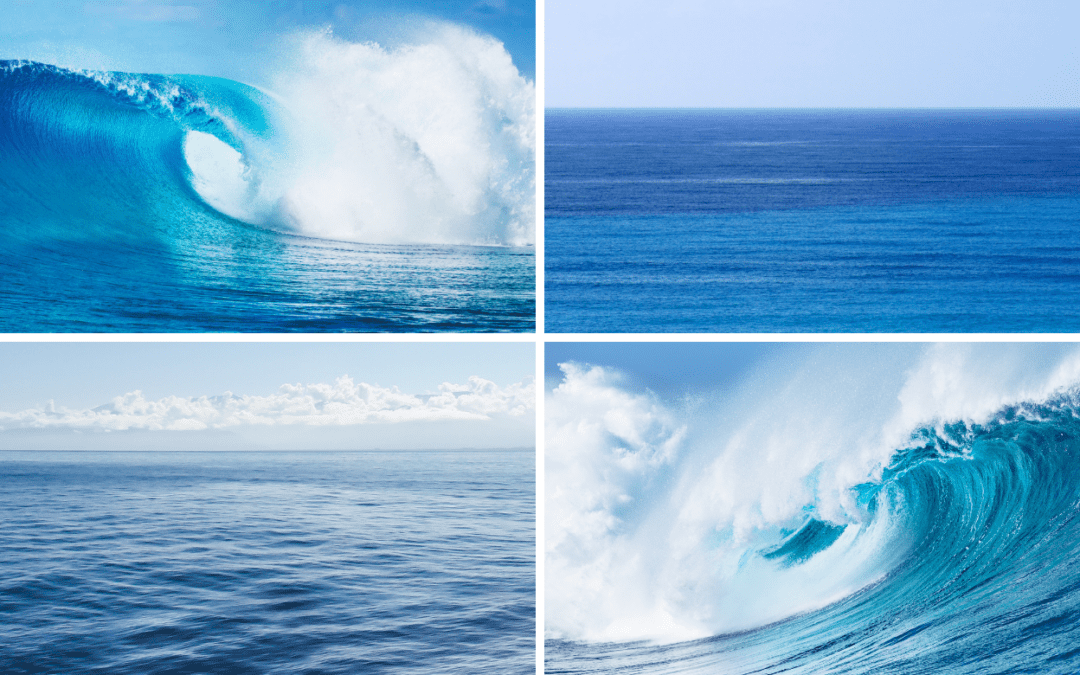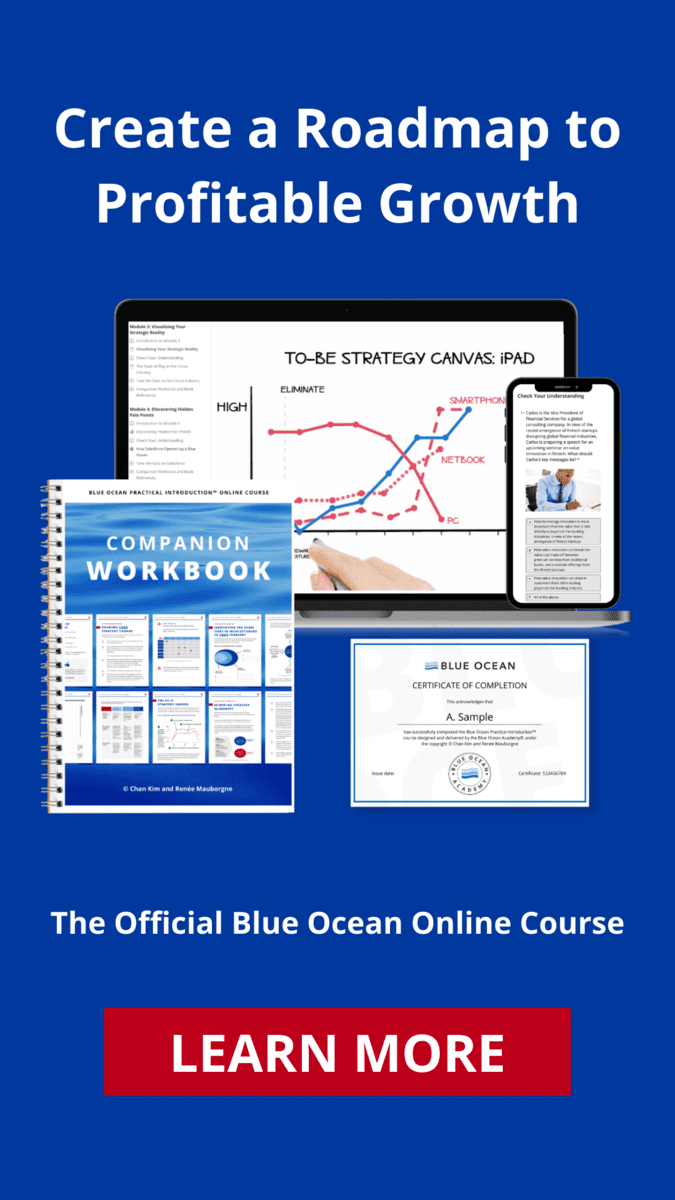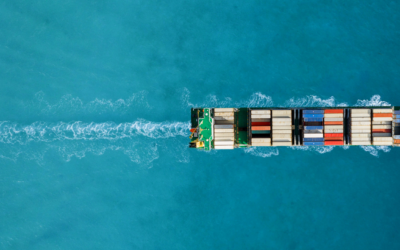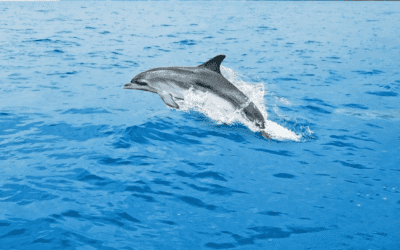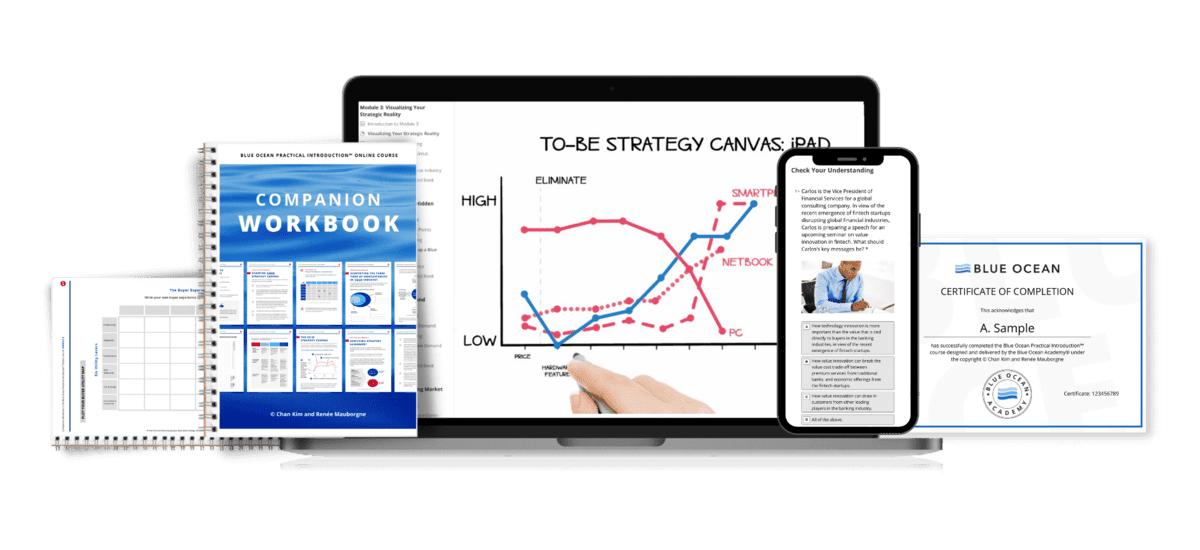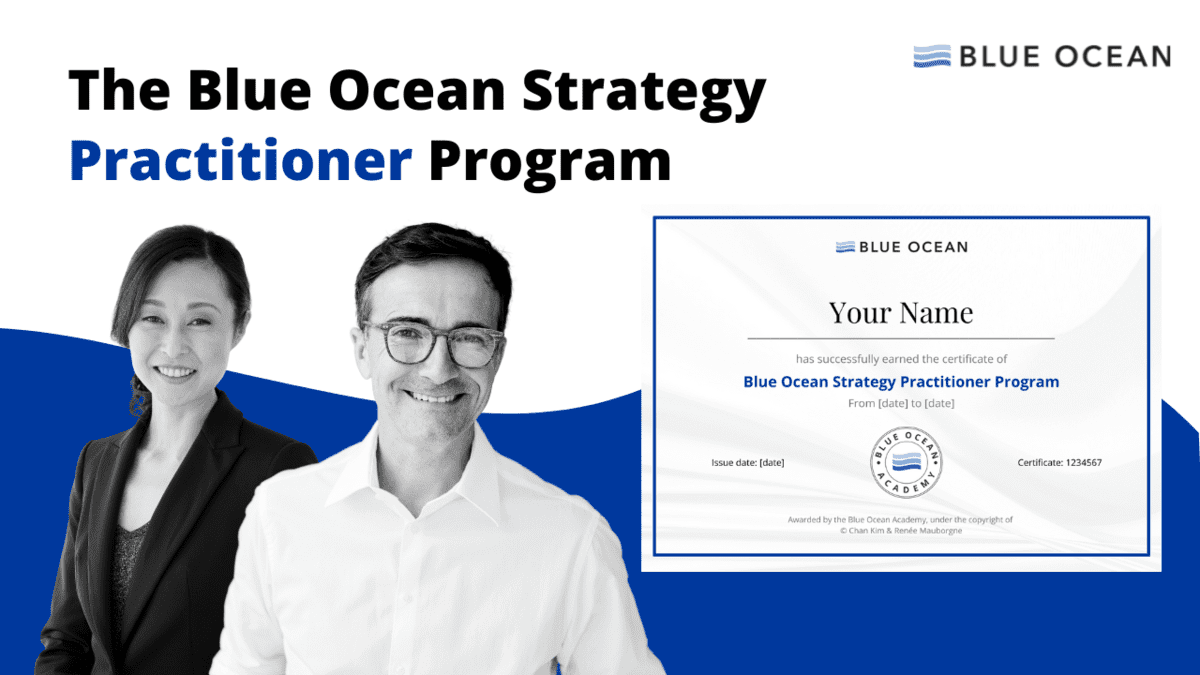When we think about people as people, not as corporate executives, entrepreneurs, or government officials, and certainly not as human resources, we realize that, behind our titles, all of us are incredibly vulnerable. No matter how tough, confident, or polished we may appear, all of us are tender at our core. We strive to avert reproach. We want to avoid making fools of ourselves. We pretend we know more than we do.
Of course, these very human traits are also factors inside organizations and teams. The fact that most causes and groups fail in addressing these basic parts of our humanness, or assuming that financial incentives simply counteract them, is why so many change efforts and attempts to drive organizations to become more creative and innovative fail. They have not acknowledged and built what we call humanness into the process.
Three tools to help people develop the confidence to act
To help people develop the confidence to act, Blue Ocean Shift lays out three tools that address different aspects of our humanness which are built into the blue ocean process: atomization, firsthand discovery, and the exercise of fair process. First, here’s an example of what we mean by atomization.
While making a blue ocean shift represents a step-change approach to the market, it is purposely designed not to feel that way inside the organization. The process recognizes that the bigness and newness of the goal can be overwhelming. “You want us to chart a future beyond the existing market? You count on us to think differently and shape industry boundaries? Are we…am I even capable of doing this?” That’s most people’s knee-jerk reaction, and it’s natural.

Concrete steps to move your people forward
Then how do you get people to make a blue ocean shift? You don’t. That is, not with one great leap. Instead, you break the challenge down into small, concrete steps that move people forward in increments that inspire and build their confidence. So, for example, people are asked to identify the factors an industry competes on. Or to pinpoint the biggest obstacles to simplicity in an industry. Or to zoom in on buyer groups that could benefit from your industry’s offering but don’t currently purchase it. When framed this way, each step pushes the boundaries of our thinking, but no one step overwhelms us. And, at any one stage, none of us can say that what is being asked of us is too big a leap. Yet, the culmination of these small steps leads to a blue ocean shift.
We call this atomization after Einstein’s reflection that if you deconstruct any challenge into its basic components, or atoms, and focus on solving them one at a time, even the largest challenge shifts from being overwhelming to being intellectually and psychologically solvable. In Blue Ocean Shift we explore in depth all three tools, including the other two, so you can see how to build confidence in your people as you ask them to move away from the status quo and create new possibilities.

